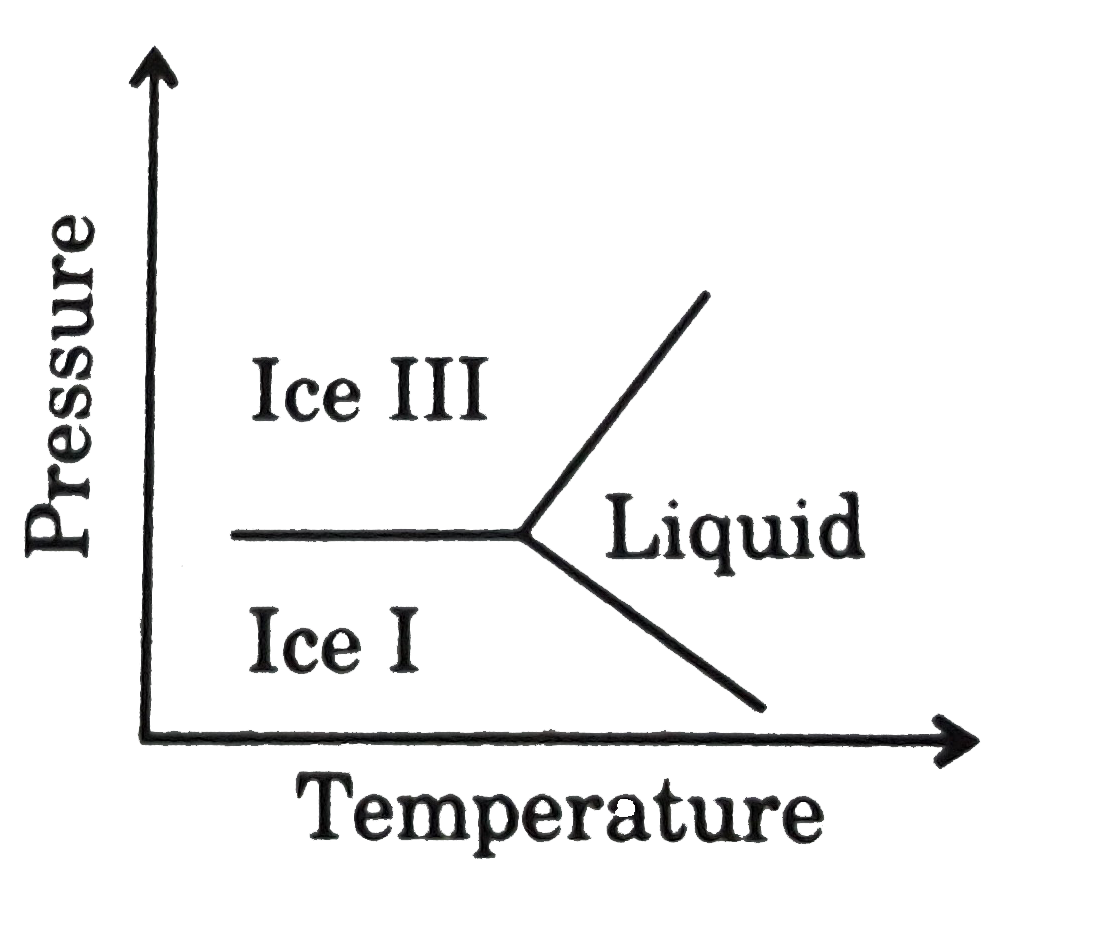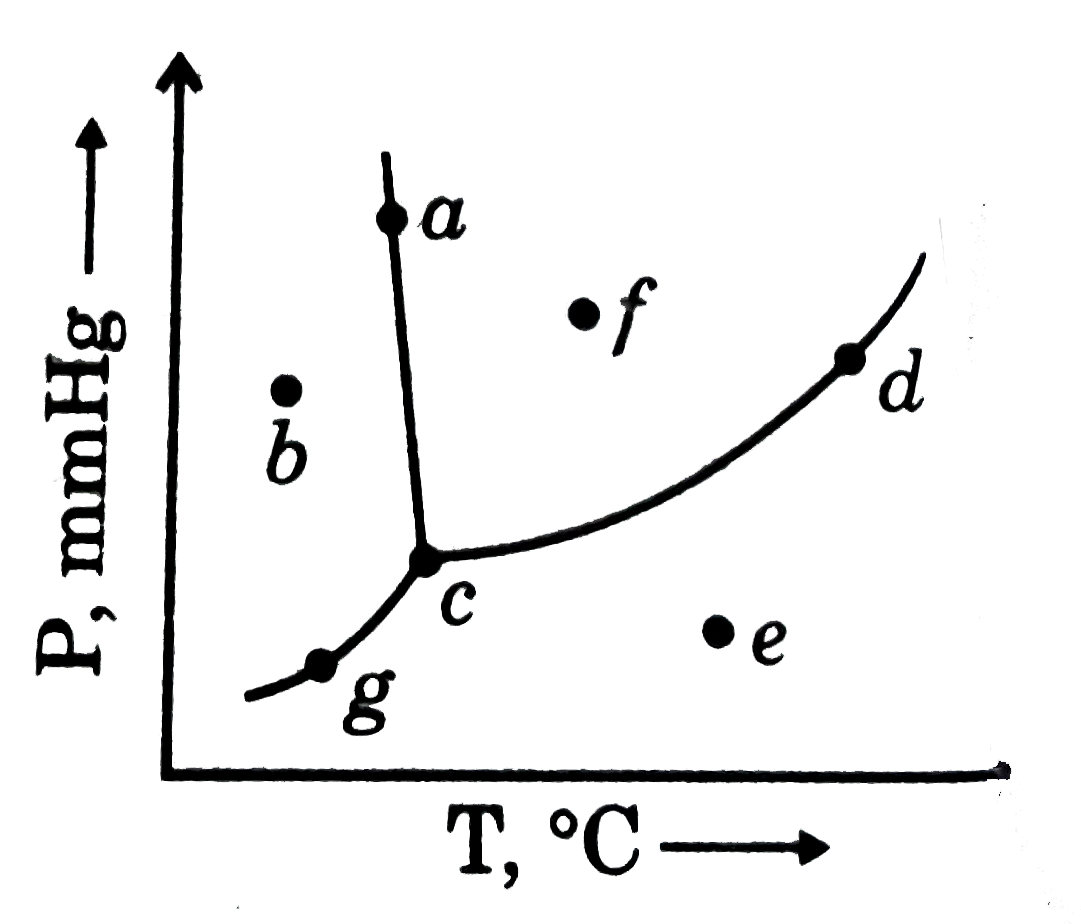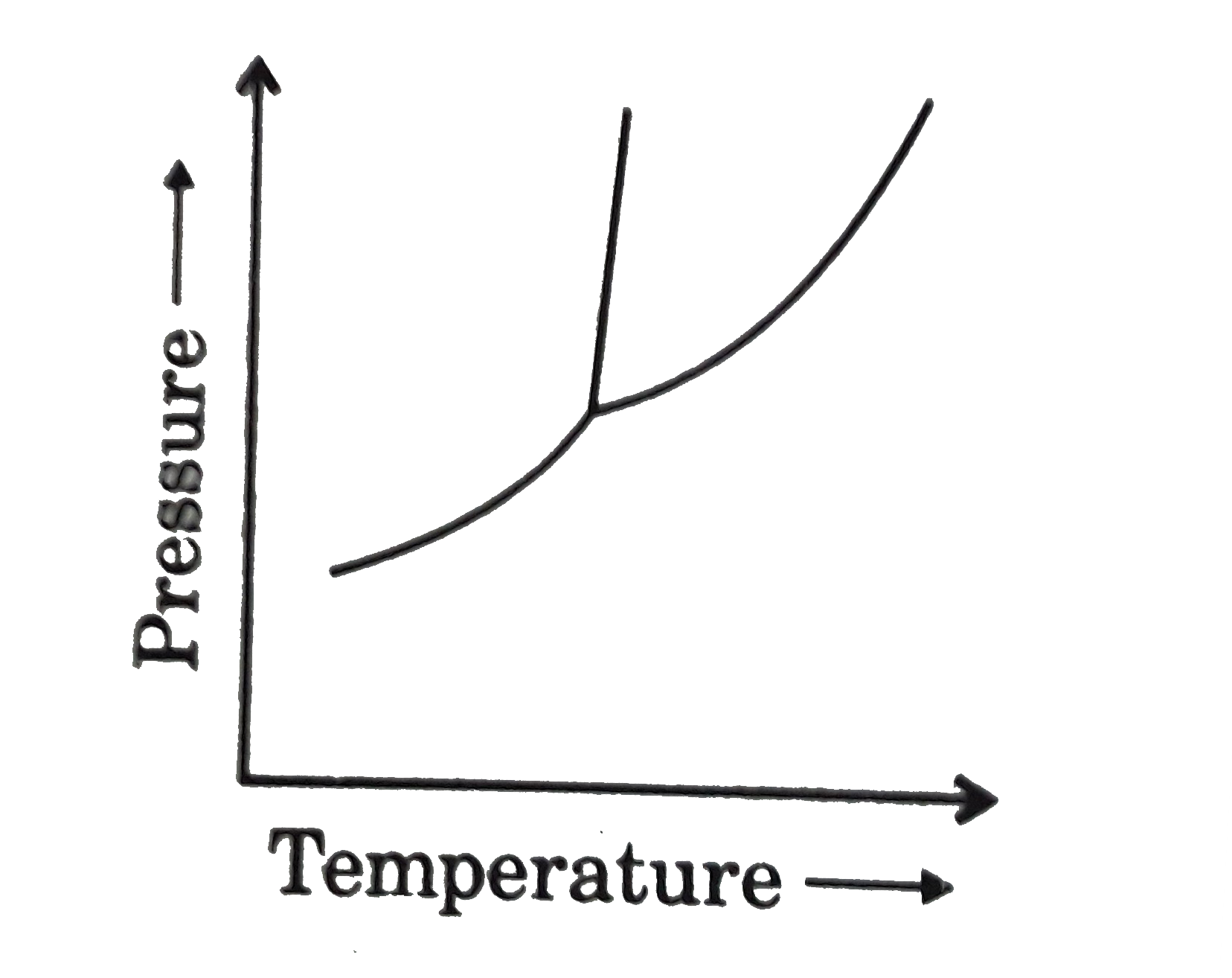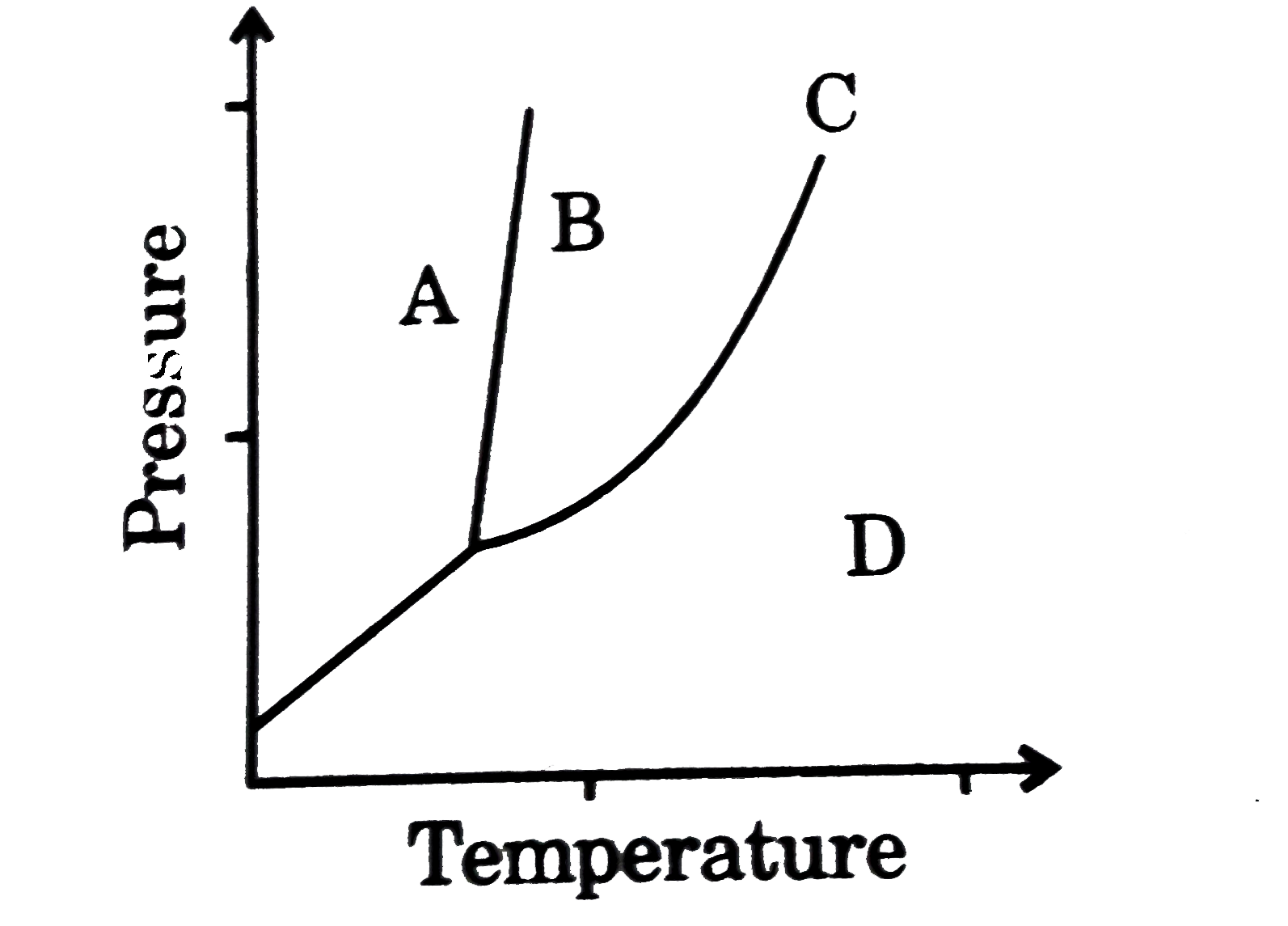The point on the pressure temperature phase diagram where all the phases co-exist is calledSolution in Marathi
sublimation
fusion point
triple point
vaporisation point
Step by step video & image solution for The point on the pressure temperature phase diagram where all the phases co-exist is called by Physics experts to help you in doubts & scoring excellent marks in Class 11 exams.
Updated on:21/07/2023Topper's Solved these Questions
Similar Questions
Wave motion is a propagation of disturbance through the medium in terms of __________
View SolutionThe point on the pressure temperature phase diagram where all the phases co-exist is called
View SolutionWater ice exists in several different form depending on the pressure and temperature. A proton of the phase diagram for ice I, ice III and liquid water is shown below. Which statement about the densities of these three phases is correct ?

View SolutionWhich points in this phase diagram represent conditions of temperature and pressure where liquid will be present ?

View SolutionAccording to this phase diagram, which phases can exist at pressure lower than the triple point pressure ?

View SolutionSupercritical carbon dioxide exists at which point on the accompanying phase diagram ?

View SolutionThe point on the pressure temperature phase diagram where all the phases co-exist is called
View SolutionCO2 के P-T प्रावस्था आरेख पर आधारित उत्तर दीजिए :
किस ताप व दाब पर CO2 की ठोस, द्रव तथा वाष्प प्रावस्थाएँ साम्य में सहवर्ती हो सकती हैं?
View SolutionAnswer the following questions based on the P-T phase diagram of carbon dioxide: At what temperature and pressure can the solid, liquid and vapour phases of CO_(2) co-exist in equilibrum ?
View SolutionAnswer the following questions based on the P-T phase diagram of carbon dioxide: At what temperature and pressure can the solid, liquid and vapour phases of CO_(2) co-exist in equilibrum ?
View SolutionAnswer the following questions based on the P-T phase diagram of carbon dioxide:
At what temperature and pressure can the solid, liquid and vapour phases of CO2 co-exist in equilibrum ?
View SolutionThe point at which all the states are present together is called on the pressure tenacity phase diagram.
View SolutionAnswer the following questions based on the P-T phase diagram of carbon dioxide: At what temperature and pressure can the solid, liquid and vapour phases of CO_(2) co-exist in equilibrum ?
View SolutionAt what temperature and pressure can the solid, liquid and vapour phases of C02 co-exist in equilibrium?
View SolutionAnswer the following questions based on the P-T phase diagram of carbon dioxide:
At what temperature and pressure can the solid, liquid and vapour phases of CO2 co-exist in equilibrium?
View SolutionEach phase of a material can exits only in certain regions of pressure and temperature . P-T phase diagrams, in which pressure is plotted versus temperature, show the regions corresponding to various phases and phase transformations . P-V diagrams, on the other hand , can be used to study pressure volume relationship at a constant temperature. If the liquid and gaseous phases of a pure substances are heated together in a closed container, both the temperature and the vapor pressure will increase until a point is reached at which the two phases can no longer be distinguished from one another. The temperature and pressure at which this occurs are called the critical temperature and pressure. Exceeding either of these parameters, by itself ,will cause the "gas"//"liguid" phase transition to disappear. if the other variable is then changed as well, while the first variable is maintained above its critical point , a gradual transition will occur between the gaseous and liquid phases, with no clear boundary.(The liquid and solid phases, on the other hand , maintain a distinct boundary at all pressure above the triple point). Shown in figure is a combined P-T phase diagram for material A and B . If heat is added to solids A and B , each in a container that is open to the atmosphere :-
View Solution
